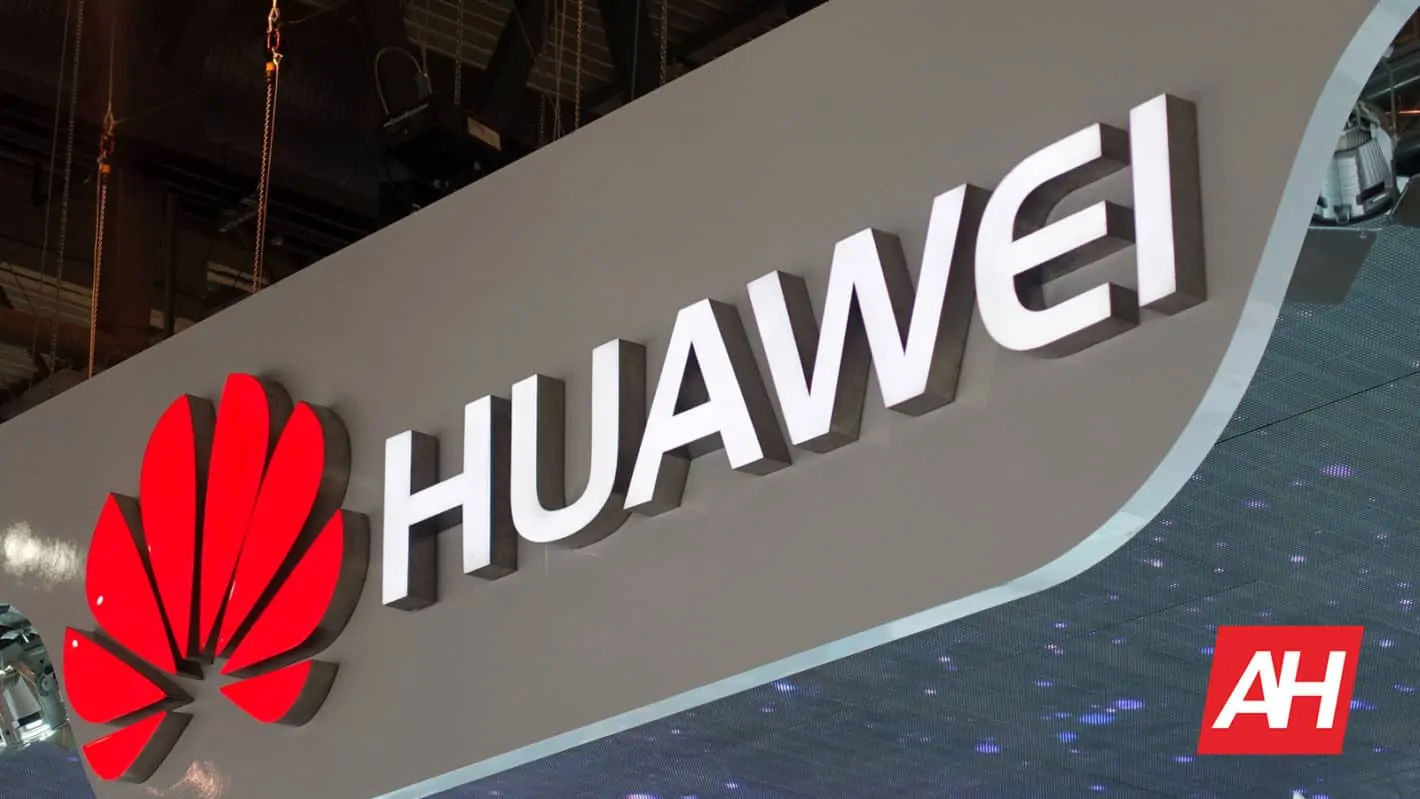Huawei is working on a consumer-grade pair of augmented reality glasses, as confirmed by Richard Yu, the Chief Executive Officer of the technology giant’s consumer electronics division. In a recent interview with CNBC, the industry veteran said the Chinese company has been working on AR glasses for some time now but still isn’t ready to release them and needs another “one to two years” at the very least. The executive described the project as an evolution of Huawei’s existing AR efforts that most recently saw the firm implement such technologies into its Android smartphones.
The main goal of the wearable is to improve on that basic AR experience, according to the executive, with the company presumably prioritizing immersion and performance consistency. Mr. Yu didn’t elaborate whether the glasses would be an entirely standalone product, though he revealed Huawei is experimenting with numerous implementations, including those that would pair the wearable with the firm’s smartphones. A combination of an Android handset and AR glasses could allow users to see “more of a large area,” the CEO said.
For the time being, Huawei is still focused on its smartphone AR efforts and will continue innovating on that front before releasing its first dedicated pair of AR glasses, Mr. Yu revealed, describing that strategy as being meant to ensure consumers are used to the concept of AR before the Shenzhen-based manufacturer asks them to spend money on a wearable solely dedicated to that technology. The executive acknowledged AR is still in its infancy, adding that Huawei remains convinced the emerging tech will play a significant role in the future of electronics. The company is also already expecting competition in the segment, with Mr. Yu predicting a number of new AR glasses from other manufacturers will also be commercialized over the next several years.
Background: The idea of AR glasses has yet to take off in the consumer space, in spite of some high-profile attempts at popularizing the concept made over the last half a decade. Google was the first to try doing so with a developer version of the Google Glass initially released in early 2013, though the product failed to generate significant momentum due to a variety of reasons. Poor battery life, limited applications, privacy concerns, and a high price tag were some of the most common complaints about the gadget which ultimately never launched as a consumer-grade device. Today, the Google Glass is often being described as a piece of tech that was ahead of its time, though its enterprise variant is still being used in a number of industries, particularly in the United States. Some third-party developers are also still supporting the wearable, whereas Google itself is also rumored to be working on a follow-up, albeit one with an unspecified release window. The second-generation device will presumably still run an operating system based on Android.
Three years following the debut of the Google Glass, Microsoft entered the AR game with the HoloLens, an even more futuristic-looking wearable designed for Windows-powered AR experiences. The Redmond, Washington-based company often signaled it believes the future of computing and user interfaces will be heavily reliant on AR spaces, not unlike those depicted in Steven Spielberg’s Hollywood blockbuster Minority Report from 2002 (starring Tom Cruise). The HoloLens is meant to be the first step toward that vision, though the system itself remains of limited use even two years after its launch and is exclusively being advertised to enterprises with highly specific applications in mind. Microsoft is still pursuing the project and is reportedly planning to announce the HoloLens 2 in early 2019, one insider claimed this summer. As the second-generation device will likely be delivered in the form of another developer kit, it isn’t expected to actually be released until the second half of the next year.
Huawei’s AR ambitions have so far mostly been centered on mobile photography and things like real-time face filters. On the other hand, the company’s wearable operations are yet to produce a piece of eyewear and remain largely focused on fitness trackers and smartwatches. Its newly confirmed ambitions revolving around AR glasses are in line with its established strategy that’s aggressively geared toward diversification. Originally started as a telecom company in the late ’80s, the Chinese firm is now one of the world’s largest smartphone manufacturers and also produces desktop computers, laptops, and a broad range of other gadgets, in addition to remaining committed to network equipment. While its consumer electronics arm hasn’t been on the scene for long, it’s now showing encouraging growth across a variety of segments; Huawei’s consolidated financial report for 2017 revealed a revenue equivalent to over $34 billion, nearly 32-percent up annually. Those results are even more impressive in light of the fact that the firm has been essentially prevented from doing large-scale business in the United States, the world’s largest market for high-end smartphones, i.e. the kind of handsets that yield the highest profit margins.
Impact: Huawei’s interest in AR glasses shows the company’s aggressive diversification strategy is continuing, which is unsurprising given the recent commercial successes it yielded. The firm is still aiming to become the world’s largest smartphone maker by overtaking Samsung after already surpassing Apple earlier this year and an increased focus on AR may help it accomplish that given how many of the world’s largest electronics manufacturers see the said tech as a significant component of the future of mobile computing. What’s still unclear is whether Huawei is primarily interested in delivering a pair of standalone AR glasses or a gadget that’s meant to be paired with a smartphone, with Mr. Yu’s new comments on the matter suggesting both possibilities are presently under consideration. What’s certain is that Huawei’s road toward consumer-grade AR glasses will involve new Android applications, many of which may end up utilizing ARCore, Google’s set of development tools for mobile AR. As a result, the world’s second-largest handset maker may provide a major boost to Google’s ecosystem, though it has yet to clarify whether it intends to keep its future AR apps exclusive to its own Android devices.

